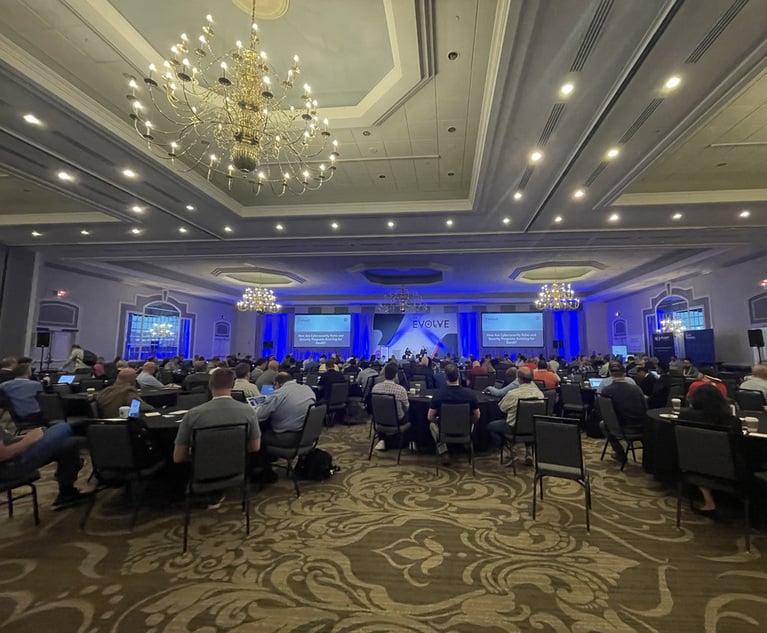With the official start of spring on March 20, many are hopingthat the harsh winter of 2015 will fade quickly. Unfortunately,depending on how far north you are, you may be looking at more iceand snow until April. With this in mind, commercial property ownersare worried about the effect of winter weather and the spring thawon their locations, especially when their buildings have flatroofs.
|Case in point: The roof of a hockey rink in Canton, Mass., collapsed on Feb. 28, just as alocal team began practice. Luckily, the coaches and parents heardthe roof cracking and were able to get all the students off the iceseconds before the roof caved in. There were no injuries, but itcould have been a lot worse because the back wall of the rink wasblown out by the roof collapse.
|How much snow is on the roof?
|Snow accumulations greater than the building is designed for canresult in structural failure and possible collapse, according tothe Snow Load Safety Guide, part of the Risk ManagementSeries by the Federal Emergency Management Agency (FEMA). It’simportant to know what kind of roof framing system is on yourbuilding before it snows and how the building was designedto reduce the risk of damage to the structure.
|Even though your building may have a flat roof, it probably hasimpediments too, such as heating and cooling equipment, rooftopvents, skylights or solar panels. These provide places for snow todrift, leading to uneven snow accumulations, further affecting thesnow load.
|If you have questions or concerns about the design of yourcommercial property—especially if you purchased the building afterit was constructed or renovated—you can consult your municipalbuilding and zoning department or a structural engineer. Theyshould be able to tell you how and when the property was built andthe applicable snow load in effect at the time of construction. Youmay need to consider increasing structural support or other changessooner rather than later.
|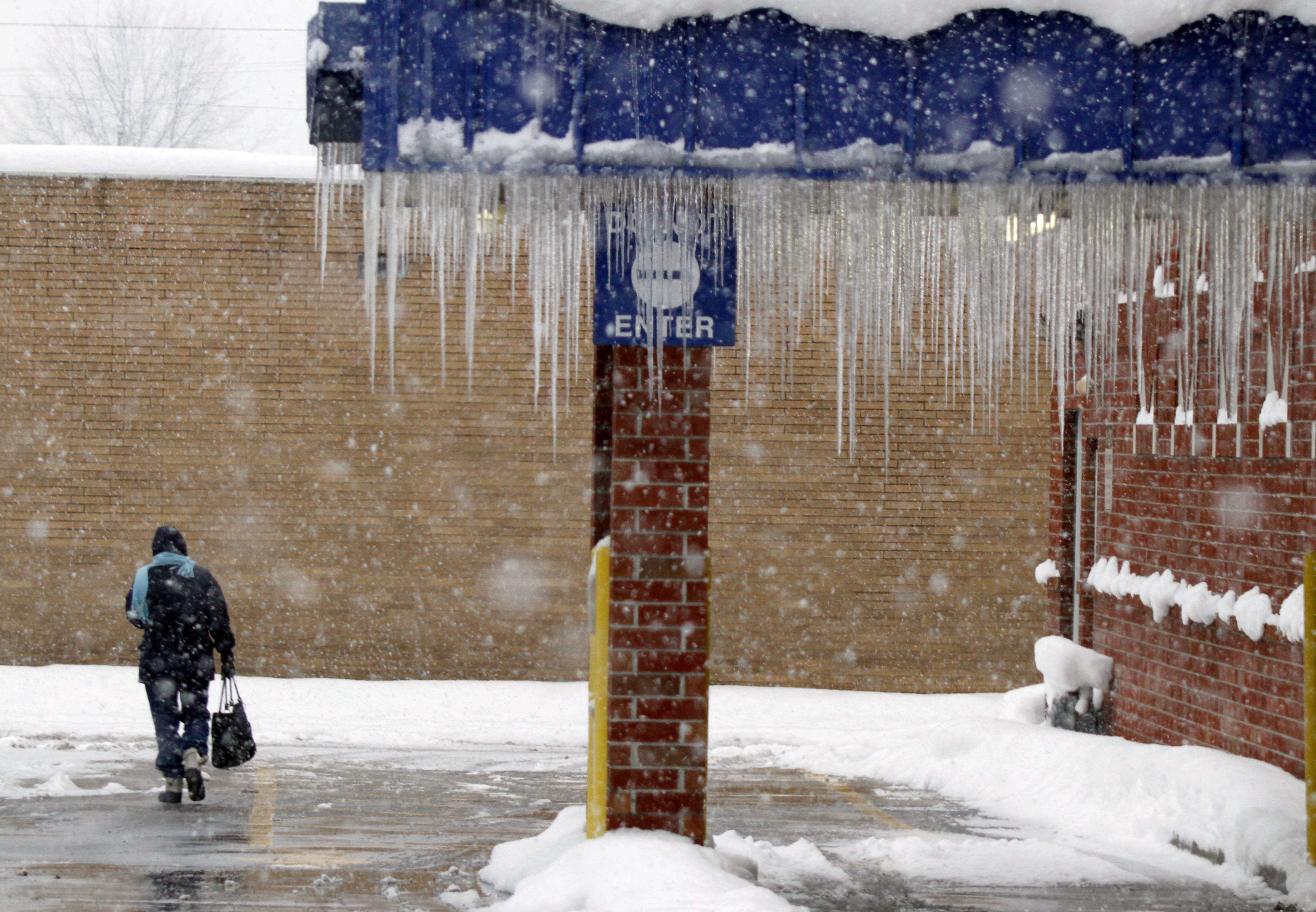
(AP Photo/Keith Srakocic)
|Ice dams and icicles
|The roof’s insulation also has an effect on snow loads. As youmight expect, a well-insulated roof typically retains more snowthan a poorly insulated one or a roof over a poorly ventilatedattic. The heat from inside the building doesn’t melt the snow onthe well-insulated roof, which can cause ice dams.
|An ice dam creates a concentrated load at the eaves and limitshow well snow can slide off a sloped roof. On flat or low sloperoof systems, snow melt often accumulates in low areas. If theroofs are poorly designed or the drainage systems are blocked, youmay have ponding, which creates a concentrated load on the roofstructural system and a potential hazard.
|Ice dams and melting snow also can cause icicles to form.Whenever you’re removing snow or ice from a roof, be careful ofknocking icicles off. An icicle falling from a short height canstill cause damage or it may injure someone below.
|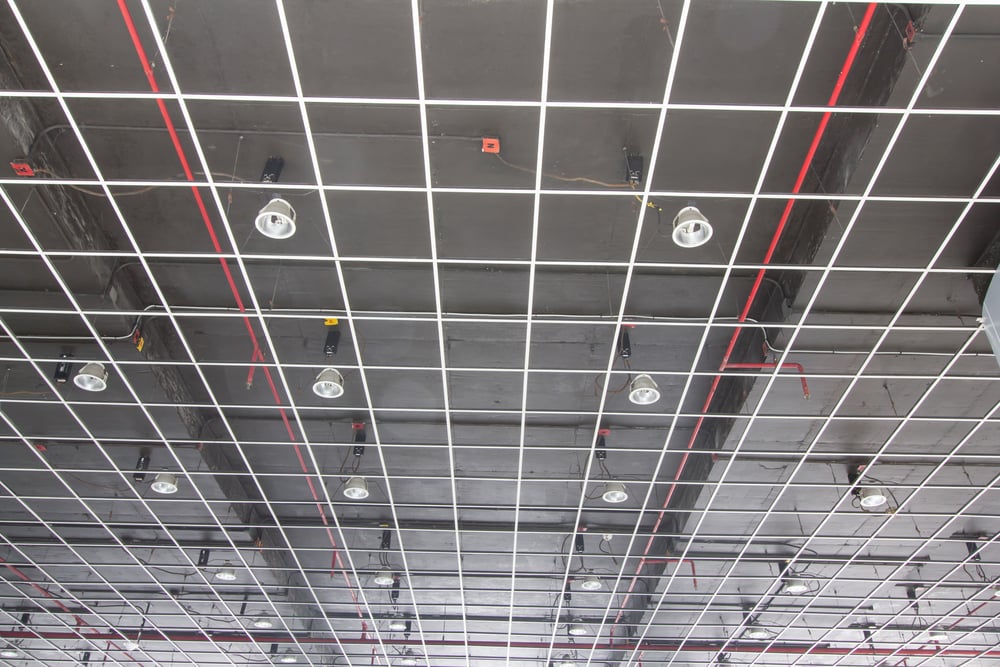
Warning signs of collapse
|Roof collapses generally don’t happen overnight. According toFEMA, the following warning signs are common in wood, metal, andsteel constructed buildings:
- Sagging ceiling tiles or boards, ceiling boards falling out ofthe ceiling grid, or sagging sprinkler lines and sprinklerheads
- Sprinkler heads deflecting below suspended ceilings
- Popping, cracking, and creaking noises
- Sagging roof members, including metal decking or plywoodsheathing
- Bowing truss bottom chords or web members
- Doors and/or windows that can no longer be opened orclosed
- Cracked or split wood members
- Cracks in walls or masonry
- Severe roof leaks
- Excessive accumulation of water at non-drainage locations onlow-slope roofs
Between snow storms and before a thaw, it’s important to inspectdrains, gutters, downspouts and vents for snow or ice blockage fromyour latest accumulation to minimize damage and prevent a possibleroof collapse.
|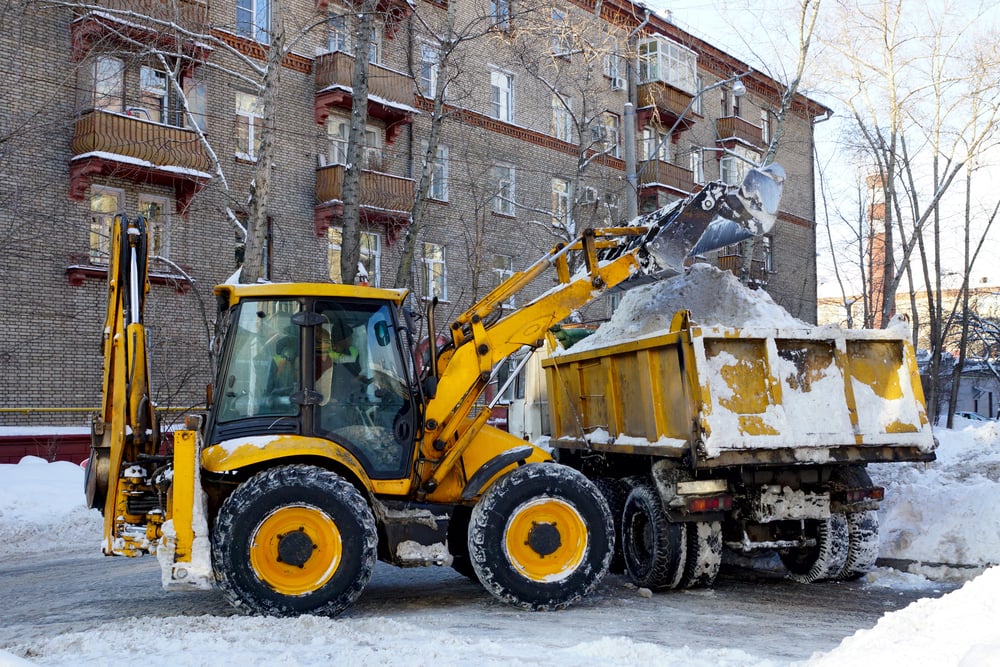
Where to put the snow
|Snow load is a factor in snow removal as well as in collapsingroofs. The snow from a storm might be within load limits, but whenyou move the snow to one section of the roof, you may be exceedingthe limits for that area.
|Be careful when dumping the snow off the flat roof, too. You’veprobably seen people push snow from a parking garage deck onto aparked car below, for example, resulting in significant damage. Thefalling snow also can cause serious injury if a person walks by atthe wrong time.
|Related story: Do’s and don’ts for safely removing snow from yourroof
|The area you’ve designated for snow removal needs enoughcapacity to accommodate the additional snow. For example, the moundof snow at the Portland, Maine, airport that was pushed off the runwaysreportedly was close to reaching the Federal AviationAdministration height limit, requiring the airport to find a seconddump site.
|Target was sued after a customer fell as a result of theaccumulated snow and ice mounded in a store’s parking lot. Althoughthe general rule in many states is that the premises owner isn’tliable for a “natural accumulation”—that is, untouched snow on theground from a storm—the owner is liable for snow mounds created byplowing, which leads to an “unnatural” accumulation, according tosome courts. In another case, a property owner was sued for doinga bad job of removing snow from the steps leading into thebuilding when there was no obligation to remove the snow atall.
|If you’ve created snow mounds in your parking lot, but there isso much snow that you can’t park cars or drive safely, you may needto transport the snow offsite to a snow farm or rent a snowmelter.
|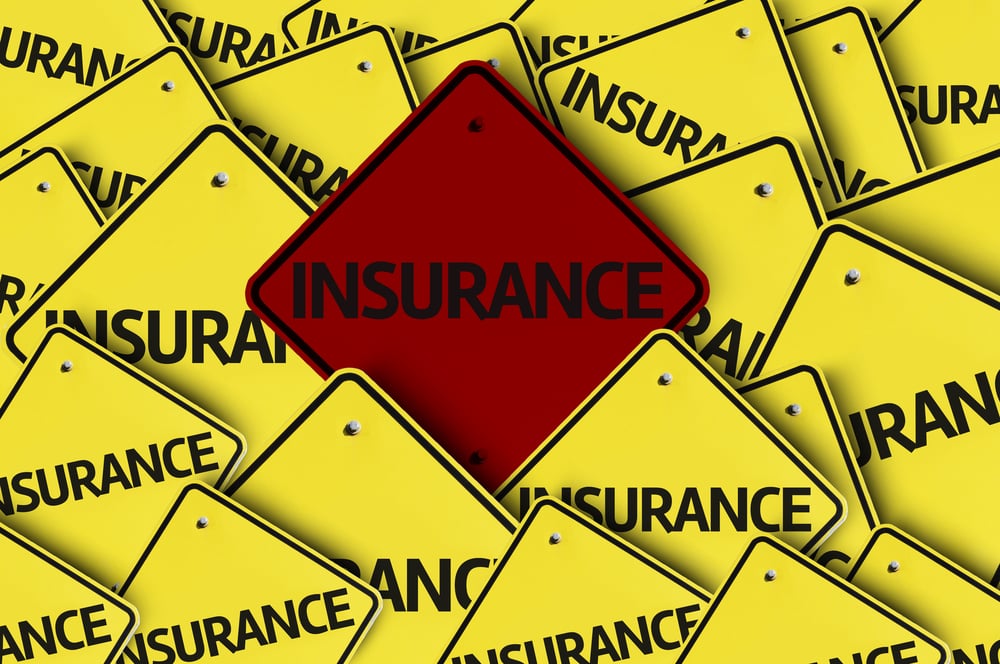
Insurance coverage: Basic Form or BroadForm?
|If your property is insured under ISO CP 10 10, the Causes ofLoss—Basic Form, you have named perils coverage, which is the mostlimited, according to Donald S. Malecki, CPCU, author of theCommercial Property Coverage Guide, 5th Edition. Onlythose perils specifically included in the form are covered, andloss or damage must be directly caused by the named perils, whichinclude windstorm and hail.
|Generally, under this policy, before windstorm or hail damage tothe interior of a building is covered, the exterior must be damageddirectly by the wind or hail. After such damage to the exterior ofthe building, the policy covers the interior for damage caused byrain or snow entering the structure. A common type of claim reachedby this exclusion, says Malecki, is water damage to walls,ceilings, or personal property that occurs during a windstorm butfor which there is no apparent source. Sometimes this type ofdamage results from seepage around window casings or eaves becausewithout some kind of damage, even though it’s temporary, waterwould not have seeped through the window or ceiling.
|What is excluded from coverage?
|If your property is insured under ISO CP 10 20—Broad Form Causesof Loss, coverage for damage from a windstorm or hail excludesdamage from
- frost or cold weather,
- ice (other than hail), snow, or sleet, whether driven by windor not, and
- loss or damage to the interior of a building or structure (orthe property inside) caused by rain, snow, sand, or dust, whetherdriven by wind or not.
However, as with the basic form, the loss may be covered if windor hail damages the roof or walls of the building or structurethrough which the rain or snow comes in.
||
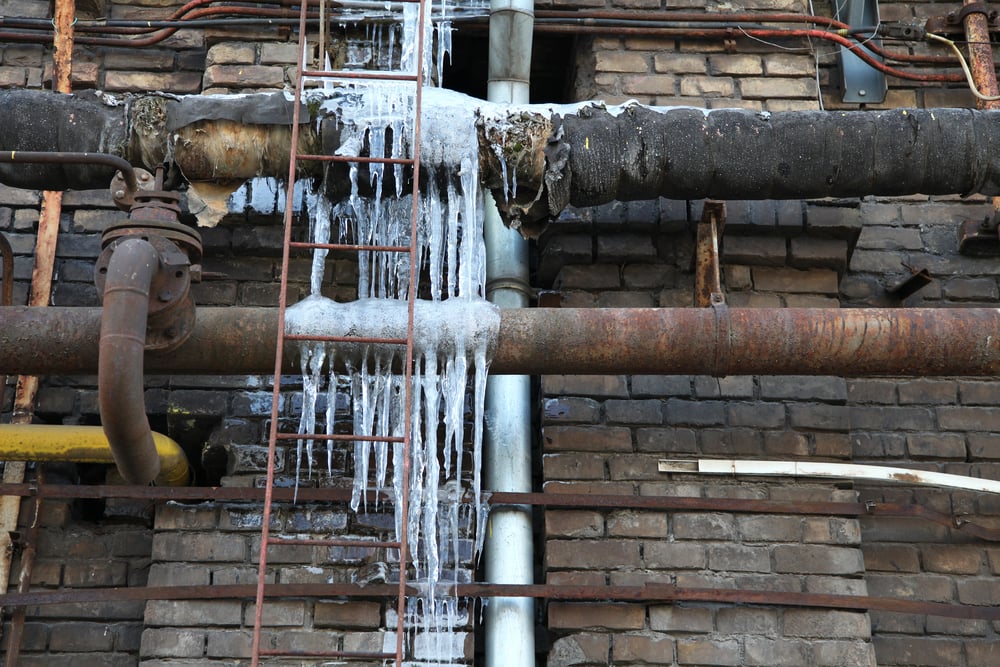
Weight of snow, ice, or sleet
|The weight of snow, ice, or sleet peril applies to all coveredproperty other than personal property outside of buildings orstructures and, as introduced with the 2012 revisions, loss ordamage to lawns, trees, shrubs, or plants that are part of avegetated roof, Malecki explains. The broad form also providescoverage for gutters and downspouts from the weight of snow, ice,or sleet.
|You may have coverage for a plumbing rupture caused by freezingas long as you maintain heat in the building or structure or you’vedrained the heating equipment and shut off its water supply(generally for vacant buildings). Coverage for water damage doesn’tapply after the building has been vacant for 60 days.
|If a power failure, power surge or other utility serviceinterruption results in a covered cause of loss, that damage iscovered. For example, if a power failure shuts down your heatingsystem, which causes pipes to freeze and rupture, and the broadcauses of loss form applies, resulting damage is covered.
|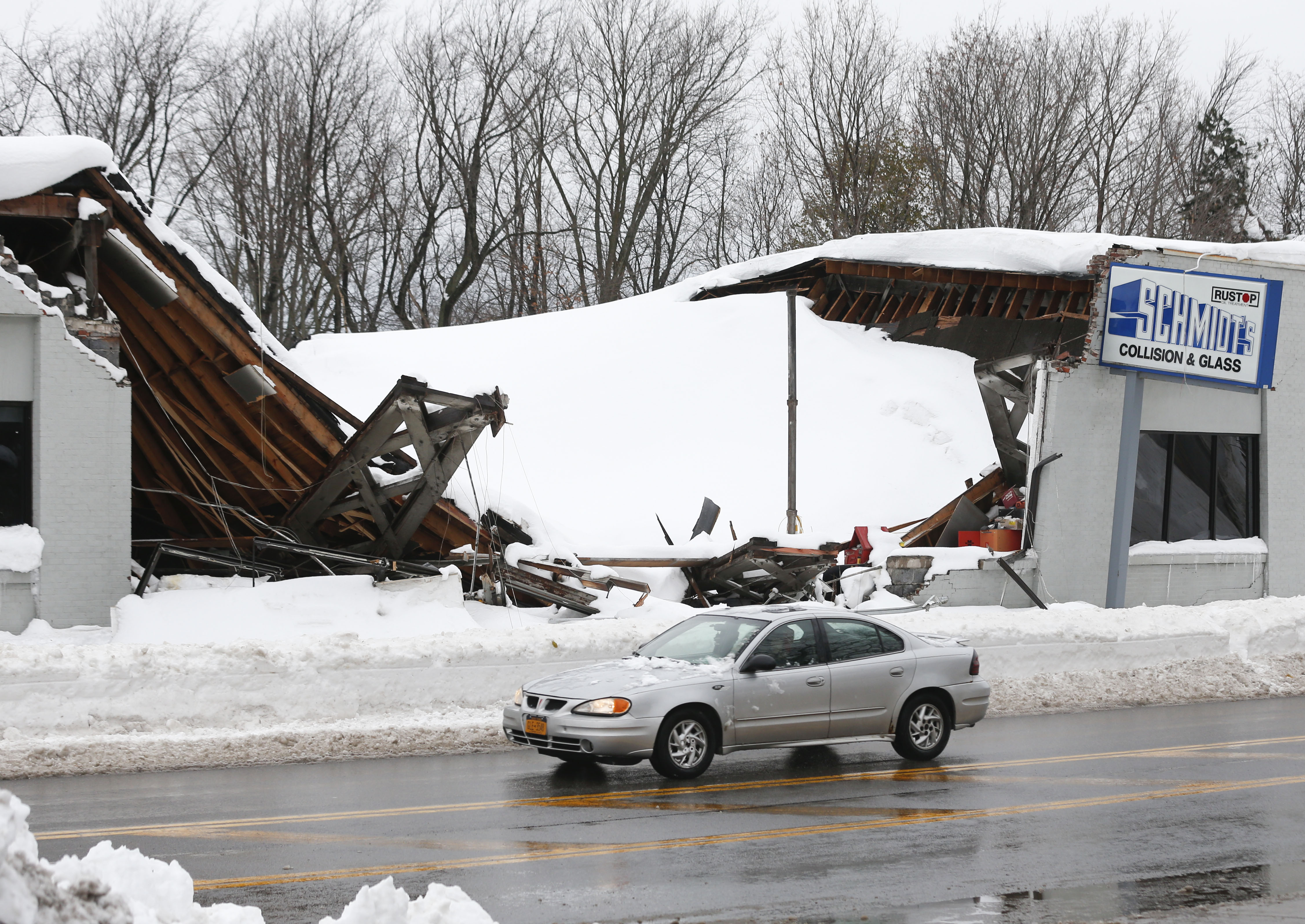
(AP Photo/Mike Groll)
|Collapse
|Collapse is not a cause of loss but rather the result of acovered cause of loss, Malecki says. When two independent causes ofloss converge on covered property, one that is excluded and theother that is covered, the entire loss is covered. The buildingisn’t required to fall into rubble to be considered a collapse;instead, if the building is in imminent danger of collapsing,coverage is triggered, he adds.
|The broad form covers a building against collapse caused bylisted perils. Although the Building and Personal Property CoverageForm (BPP) applies to both buildings and structures, collapsecoverage applies only to buildings or to part of a building. Underthe BPP, the weight of snow, ice or sleet and water damage to abuilding is covered, but structures are not covered.
|The following are not considered collapse under theBPP:
- a building that is only in danger of falling down or cavingin.
- a part of a building that is still standing, even if it hasseparated from the rest of the building.
- any building, or part of the building, that’s still standing,even if it shows evidence of cracking, bulging, sagging, bending,leaning, settling, shrinkage, or explosion.
The form defines water damage as the accidental discharge orleakage of water or steam as the direct result of the breakingapart or cracking of a plumbing, heating, air conditioning or othersystem or appliance (other than a sump system including its relatedequipment and parts), that is located on the described premises andcontains water or steam.
|Review your policy
|If you own a commercial property, and you’ve escaped significantdamage in the winter of 2015, you’re to be congratulated. As aprecaution against damage from the spring thaw or future severewinter weather, you should read your policy carefully to understandwhat coverage you have and don’t have, and discuss your optionswith your broker and risk manager. Risk mitigation is always inseason.
Want to continue reading?
Become a Free PropertyCasualty360 Digital Reader
Your access to unlimited PropertyCasualty360 content isn’t changing.
Once you are an ALM digital member, you’ll receive:
- All PropertyCasualty360.com news coverage, best practices, and in-depth analysis.
- Educational webcasts, resources from industry leaders, and informative newsletters.
- Other award-winning websites including BenefitsPRO.com and ThinkAdvisor.com.
Already have an account? Sign In
© 2024 ALM Global, LLC, All Rights Reserved. Request academic re-use from www.copyright.com. All other uses, submit a request to [email protected]. For more information visit Asset & Logo Licensing.




